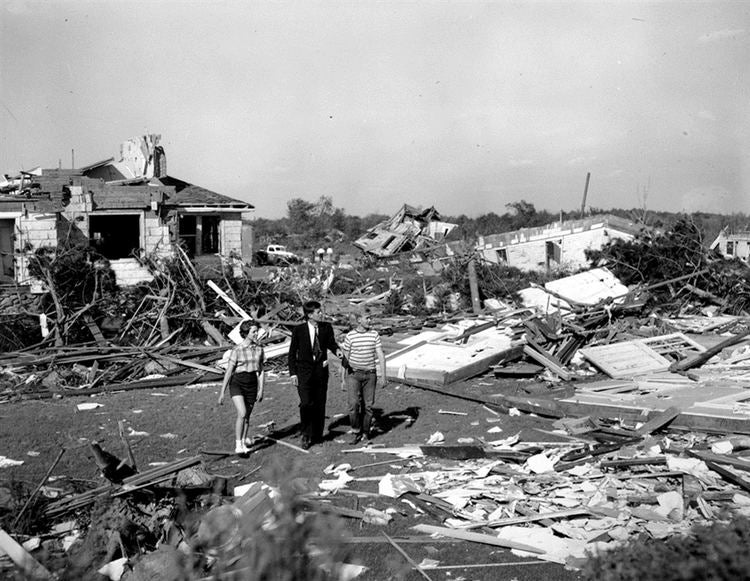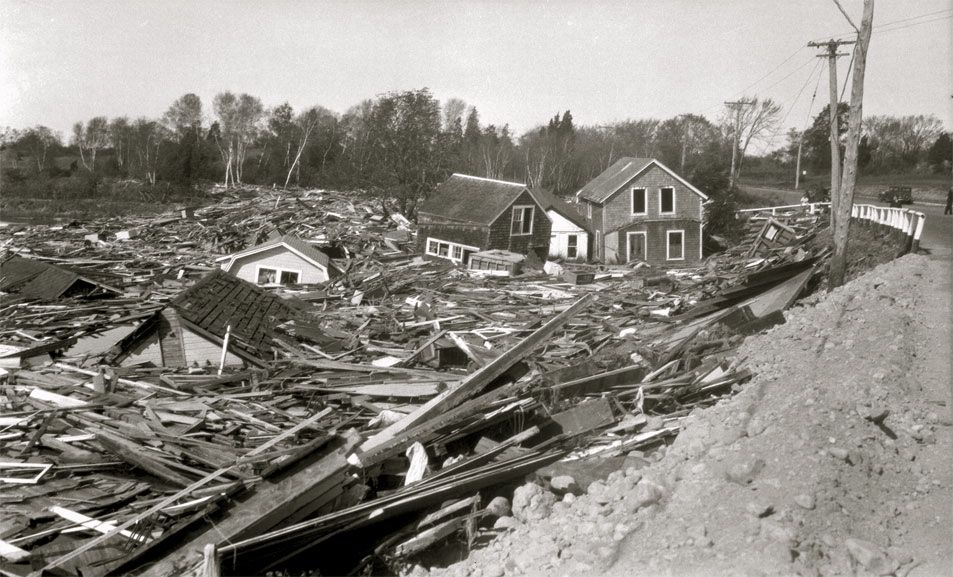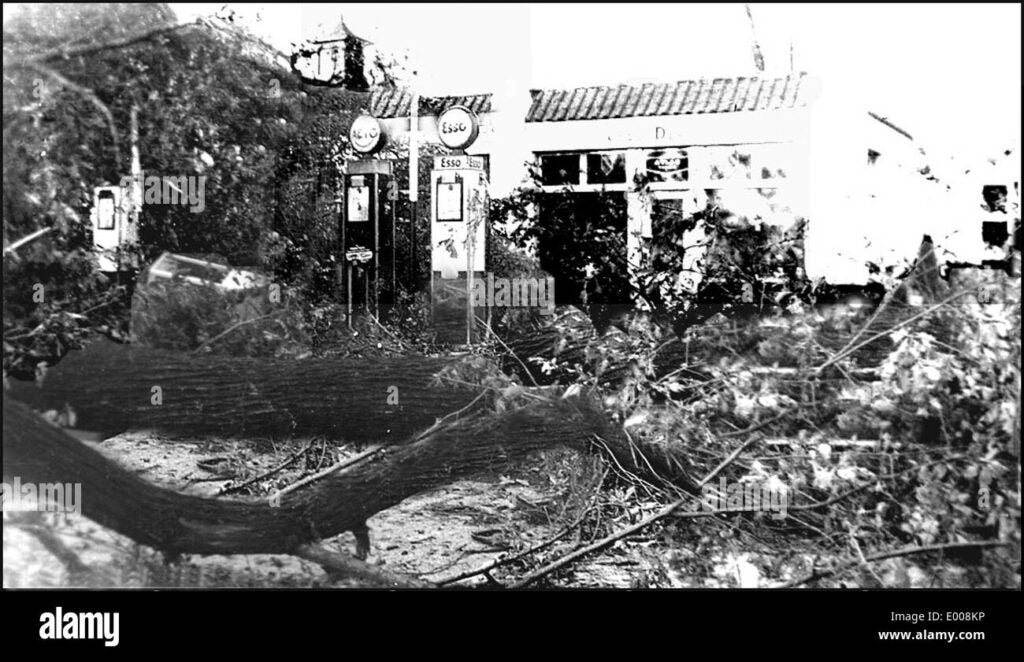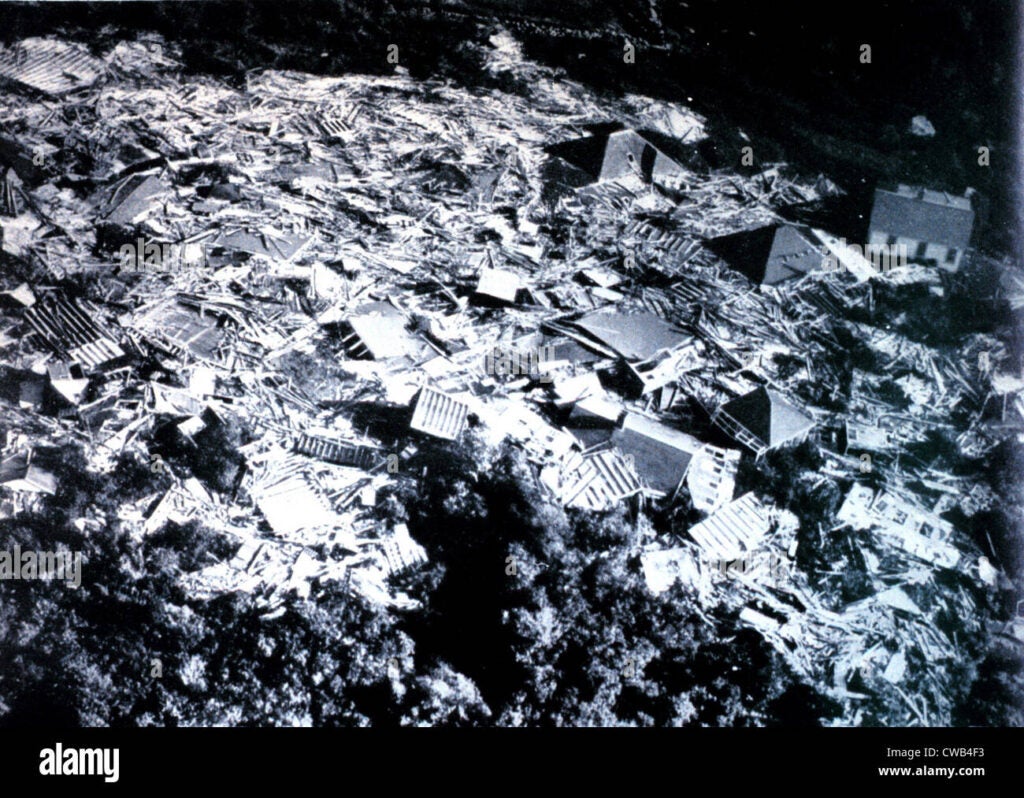Emergency Preparedness Research, Evaluation, & Practice Program
We offer training and technical assistance to public, private, and non-governmental organizations to help them prepare for and respond to emergencies.
677 Huntington Ave,
Boston, MA 02115
HHS Region 1 Center for Public Health Preparedness and Response
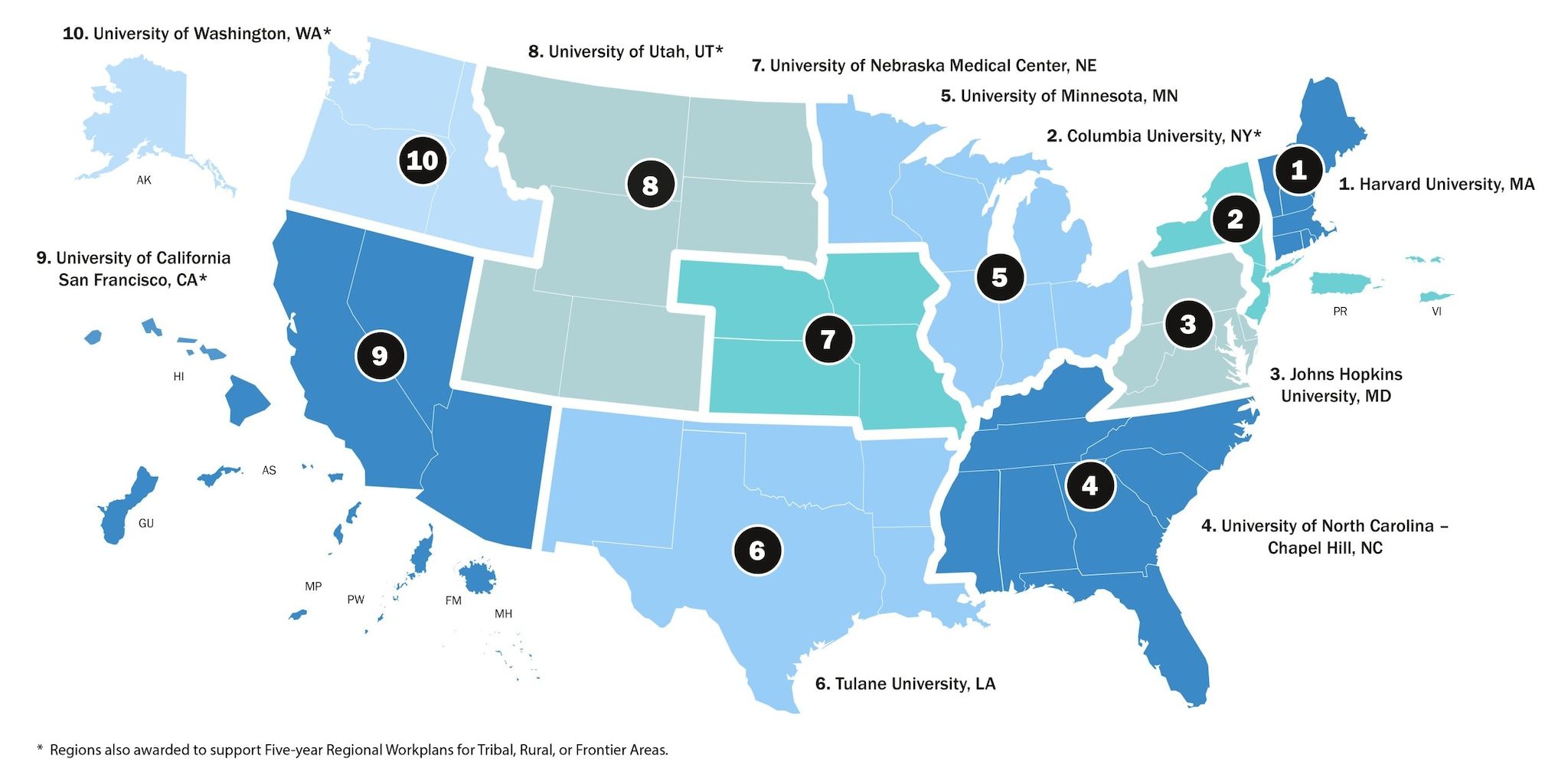
Overview: The EPREP Program was awarded funding to support the HHS Region 1 (New England) Center for Public Health Preparedness and Response by the Centers for Disease Control and Prevention’s Office of Readiness and Response (ORR), Division of Readiness and Response Science (DRRS). This project focuses on advancing the uptake of evidence-based strategies enhancing the region’s ability to prepare for and respond to public health threats covering six states and a population of 15 million people.
A pdf version of this post can be downloaded at
Legislation and Funding: With the passage of the “Consolidated Appropriations Act, 2023” by the United States 117th Congress, the Centers for Disease Control and Prevention (CDC) was tasked with “establishing regional centers to enhance and implement the evidence base for public health preparedness and response”. This Act incorporated new requirements and priorities for establishing and maintaining a United States network of ten Centers for Public Health Preparedness and Response. Specifically, Chapter 4 of the Act, titled “Enhancing Public Health Preparedness and Response,” and Section 2231, “Centers for Public Health Preparedness and Response,” led to the creation of a national network comprising ten regional centers through ten CDC cooperative agreements.[i]
[i] Centers for Disease Control and Prevention. CDC Awards Ten Regional Centers for Public Health Preparedness and Response Funding. 9/20/2024. CDC Awards Ten Regional Centers for Public Health Preparedness and Response Funding | Office of Readiness and Response | CDC Accessed 2/5/2025 at CDC Awards Ten Regional Centers for Public Health Preparedness and Response Funding
Each of these ten centers represents one of the Health and Human Services (HHS) geographical regions within the United States, including U.S. territories and tribes, as illustrated in the above figure. The Cooperative agreements were awarded initially to seven Institutions during FY24 (Regions 3, 4, 6, 7, 8, 9, and 10) and three institutions during FY25 (Regions 1, 2 and 5). (see CDC Awards Ten Regional Centers for Public Health Preparedness and Response Funding | Office of Readiness and Response | CDC ).
Mission: The primary mission of the Regional Centers is to facilitate and advance the uptake of evidence-based strategies and interventions across communities, enhancing their ability to prepare for and respond to public health threats. In addition to the core funding, CDC is supporting efforts for tribal, rural, and frontier communities to disseminate and implement tailored evidence-based strategies and interventions. The five-year cooperative agreements were awarded by the CDC’s Office of Readiness and Response (ORR) Division of Readiness and Response Science (DRRS) to one institution in each of the ten U.S. Department of Health and Human Services (HHS) regions.
The Region 1 CPHPR was awarded to the Harvard T.H. Chan School of Public Health (HSPH). The CDC-Harvard cooperative agreement is administered as a project within the Emergency Preparedness, Research, Evaluation and Practice (EPREP, Emergency Preparedness Research, Evaluation, & Practice Program | Harvard T.H. Chan School of Public Health) Program with a subaward to the Center for Disaster Medicine at Massachusetts General Hospital (MGH, Center for Disaster Medicine). The R1-CPHPR program is currently being led by HSPH and Harvard Medical School (HMS) faculty members, including Marcia A. Testa, MPH, MPhil, PhD (Principal Investigator and Co-Director), Elena Savoia, MD, MPH, Paul Biddinger, MD, (Co-Directors), Howard Koh, MD, MPH, and Eileen Searle, PhD, RN, CCRN (Principal Investigator, MGH Subaward). Senior program staff include Johanna Hayes, ScM and Stacey Kokaram, MPH.
Communities of Practice Stakeholders
The underlying thematic structure of the R1-CPHPR is based upon a communities of practice (CoP) approach that fosters collaboration, knowledge-sharing, capacity-building, and coordinated action among local, state, and federal agencies, healthcare systems, non-governmental organizations, and community-based organizations. By pooling resources and expertise through a CoP model, the network of regional centers strives to build resilient and well-prepared communities capable of addressing public health threats and minimizing the impact of disasters.
Key Objectives of the Thematic Communities of Practice
- Coordinate and integrate the regional centers efforts focused on targeted thematic areas (e.g. workforce, rural environments, risk communications, and partnerships) for public health emergency preparedness and response using a community of practice approach that fosters open and collegial ongoing learning and collaboration.
- Leverage regional center expertise and experience to facilitate knowledge sharing, capacity building, and training within critical concerns related to each thematic area through peer-to-peer exchange, co-creation of tools and designing evidence-based practices.
- Bridge silos and align efforts between multi-sectoral stakeholders including; public health departments, academia, and community organizations.
- Develop shared mental models in understanding common challenges, root causes, methods to develop shared language and goals for improvement.
- Provide a platform for pooling preparedness and response strategies across all hazard domains and analyzing a diverse range of interventions aimed at improving regional emergency preparedness and response effectiveness.
- Promote and curate shared experiences and best practices across all the regional centers.
- Foster partnerships and collaborations among stakeholders to address resource gaps, population differences and enhance collective response capabilities, capacity and competencies through continuous interaction and feedback within the CoP network.
- The Region 1 communities of practice include stakeholders spanning several levels of jurisdictional authority (federal, state, tribal county, district, city and town) across different types of agencies, institutions, businesses and organizations drawing upon many different professional groups, roles and responsibilities with healthcare, public safety, public health departments, disaster recovery, charitable, non-profit and volunteer organizations.
- The communities of practice include, but are not limited to, representatives from the following areas:
1. Jurisdictional Authority Levels: Federal, state, county, local and tribal health and safety departments and agencies, including:
a. Region 1 DHS, ASPR Hospital Preparedness Program (Hospital Preparedness Program (HPP), and Regional Disaster Health Response System (RDHRS: Strengthening Regional Healthcare Response for Disasters)
b. Region 1 CDC, FEMA, Coast Guard, National Guard
c. State Public Health Emergency Preparedness Directors
d. State Public Health Departments
e. City, Town, District, County and Tribal Health Departments
2. Healthcare providers, hospitals, clinics and health system representatives
3. Representatives from tribal nations and vulnerable communities
4. Community-based organizations involved in emergency and disaster preparedness with volunteers from organizations such as (Citizens Corps programs (e.g., Medical Reserve Corps, Community Emergency Response Team, Volunteers in Police Service, Fire Corps)
5. Public safety (police, fire, public works, emergency management, environmental inspections and protections) departments and agencies
6. Non-governmental and professional membership organizations, including those involved in disaster relief and humanitarian efforts, such as the American Red Cross and other membership and advocacy organizations involved in health-related areas such as public health, nursing, medicine and environmental health
7. Academic institutions and research centers specializing in public health and disaster response.
8. Industry, business and municipal partners involved in public health and disaster readiness (e.g., logistics, technology providers) and companies, water, electricity, gas, fuel, communications, disaster management, medical supplies and pharmacies) - 9. State, city, town and county elected and appointed officials that pass laws, regulations and executive orders, set budgets and rule on judicial matters.
Regional Coordinating Body (RCB) and Steering Committee (SC)
The Regional Coordinating Body (RCB) consists of approximately 30 stakeholder representatives from the communities listed above. This body is charged with ranking, selecting and prioritizing two to three evidence-based public health preparedness and response strategies as described in a 4-year regional workplan developed during year 1. Members or a subset of members of the RCB or their designees may elect to stay involved for one or more years as Regional Steering Committee members to guide and assist with the implementation of the selected public health preparedness and response strategies. Preparedness and Response Funding. 9/20/2024.
RCB and SC Activities
RCB/SC Term: February – December 2025, SC Term continuing after December 2025 through until end of project 9/2029. Alternates may be
Participation: 6 Zoom meetings, one annual hybrid meeting, optional subgroup/individual calls, interviews and listening sessions
Deliverable(s): Assist in the development a Five-Year Regional Work Plan
Five-Year Regional Work Plan – Focusing on implementation of targeted PHEPR strategies and interventions
The goal of the R1-CPHPR Five-Year Work Plan is to describe the priority areas and objectives, and at least 3 focus areas within those priority areas on ways State, Tribal, Local, and Territorial (STLT) and relevant partners can benefit from use of new or enhanced public health preparedness and response (PHPR) evidence-based strategies or interventions (EBSIs). The plan should include information on the following areas:
- Prioritized evidence-based strategies and interventions (EBSIs) to implement
- Capability and capacity of State, Local and Tribal (SLT) health departments and relevant partners to implement and evaluate activities to meet objectives
- Sustainability plan for implementation of evidence-based practice in Region 1 beyond the five- year period.
- Identify at least 3 regional SLT focus area(s) that would benefit from translation, dissemination, and evaluation of promising research findings or evidence-informed or evidence- based {PHPR) practices.
- The focus areas should remain consistent throughout the performance period.
- Regional SLT PHPR focus areas may range from public health emergency type, Public Health Emergency Preparedness (PHEP) capability domain, and target population.
- Cover known strategies or interventions, plans to implement each strategy or intervention, or the development and evaluation of new approaches.
- Establish a minimum of three multi-year objectives per focus area and provide a detailed description of the objective supported by key data, policy, and/or literature findings.
- Ensure objectives meet the SMART criteria.
- Specific goals have a desired outcome that is clearly understood defining what will be accomplished and the actions to be taken to accomplish the goal.
- Measurable and quantifiable metrics to track progress defining what data will be used to measure the intended goal and set a method for collection.
- Achievable goals need to be realistic to maintain the enthusiasm to try to achieve them.
- Relevant goals should be aligned with PHPR mission.
- Time-Bound goals should have a deadline. A
- Identify activities to meet objectives.
- Incorporate population-specific considerations and how it will be addressed within each focus area. If the objective does not include these specifications, please indicate why.
CDC Awards Ten Regional Centers for Public Health Preparedness and Response Funding | Office of Readiness and Response | CDC Accessed 2/5/2025 at CDC Awards Ten Regional Centers for Public Health Preparedness and Response Funding
The Impact of Hurricanes, Tornados, Storm Surges, Nor’easters in New England
